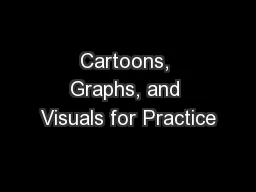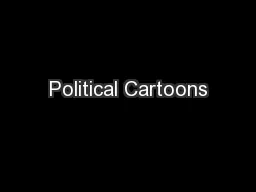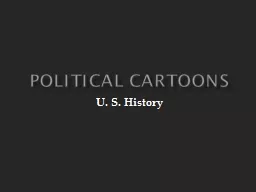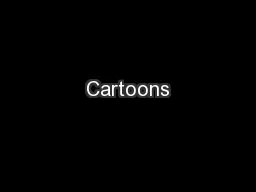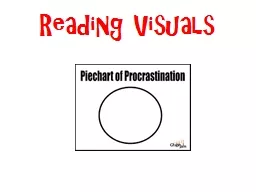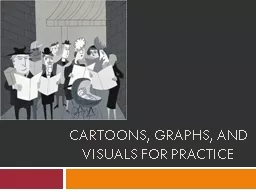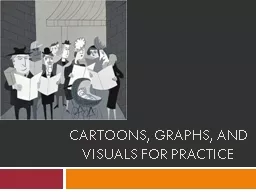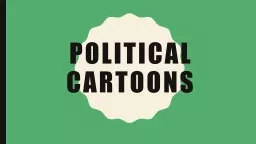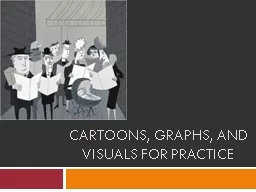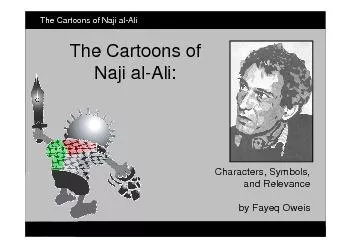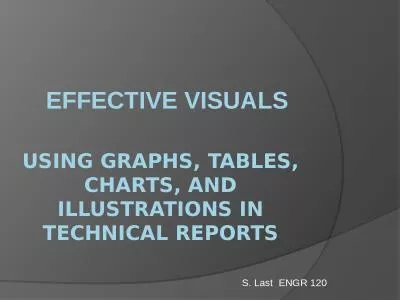PPT-Cartoons, Graphs, and Visuals for Practice
Author : karlyn-bohler | Published Date : 2018-09-29
The Illustration from June 2010 The Question During which period of Japanese history did the changes shown in this wood block print occur 1 Heian court 2 Tokugawa
Presentation Embed Code
Download Presentation
Download Presentation The PPT/PDF document "Cartoons, Graphs, and Visuals for Practi..." is the property of its rightful owner. Permission is granted to download and print the materials on this website for personal, non-commercial use only, and to display it on your personal computer provided you do not modify the materials and that you retain all copyright notices contained in the materials. By downloading content from our website, you accept the terms of this agreement.
Cartoons, Graphs, and Visuals for Practice: Transcript
Download Rules Of Document
"Cartoons, Graphs, and Visuals for Practice"The content belongs to its owner. You may download and print it for personal use, without modification, and keep all copyright notices. By downloading, you agree to these terms.
Related Documents

